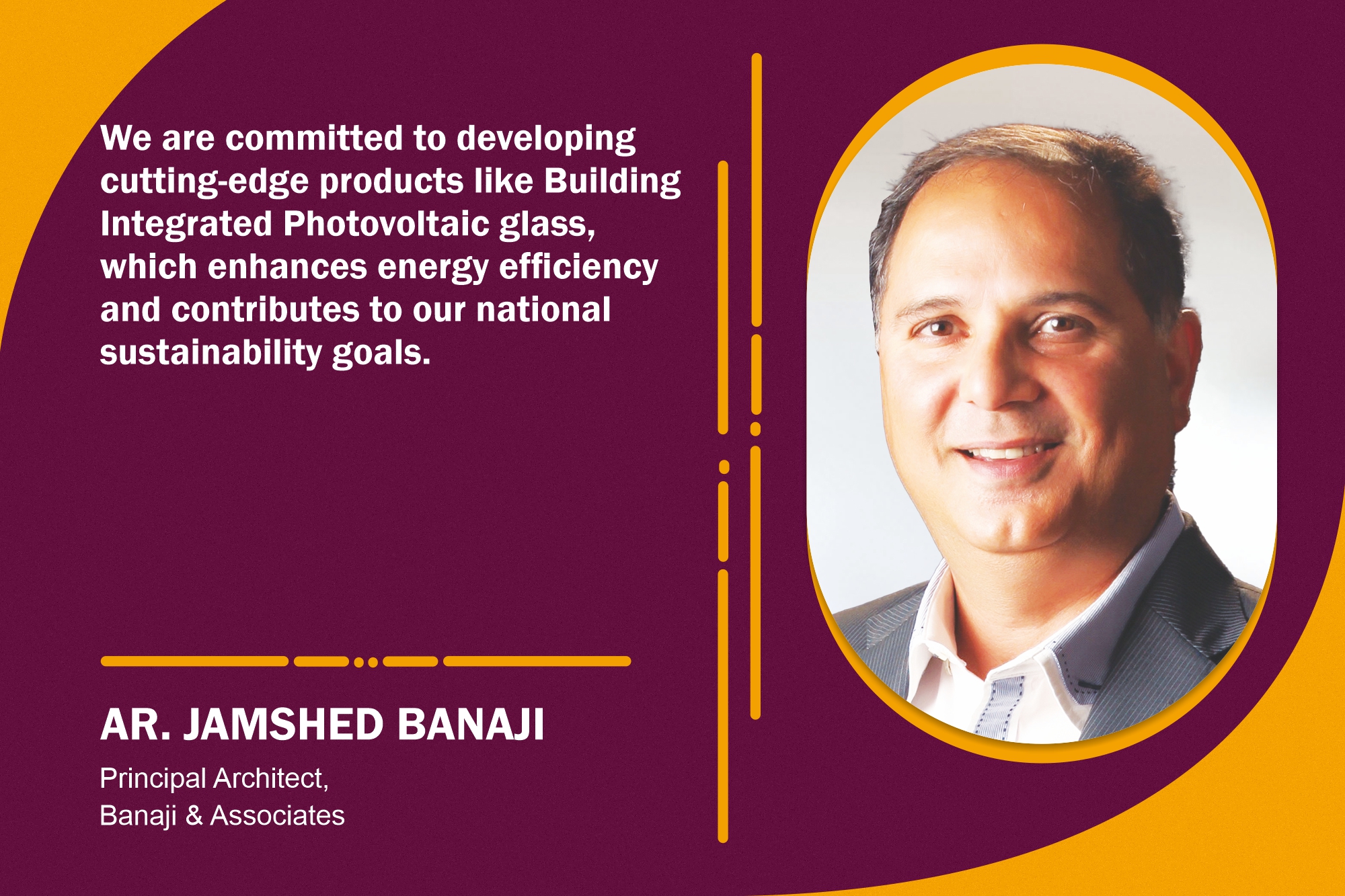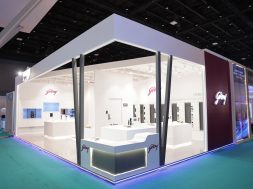Urban oasis with green roofs and vertical gardens

Lets explore how Banajji Associates is strategically incorporating green roofs and vertical gardens to mitigate heat absorption and promote biodiversity.
How can we strategically incorporate green roofs and vertical gardens into urban buildings to maximise their cooling effects?
In urban buildings, green design is given priority in order to optimise cooling effects through the use of vertical gardens and green roofs. As part of our strategy, we use big, flat roofs that are enhanced by evapotranspiration and heat absorption from drought-tolerant plants. We choose heat-tolerant plants, such as sedums and native grasses, with an eye towards aesthetics and biodiversity, using lightweight, well-draining substrates to retain moisture. On green roofs, adding insulation creates a thermal envelope that lowers heat transfer and energy consumption. We make sure that there is adequate air circulation for evaporative cooling and plant health in vertical gardens that are thoughtfully positioned on south-facing walls. Vining plants that can withstand heat are picked for their coverage and visual appeal; occasionally, they can work with building ventilation systems to enhance indoor air quality and sustainability.
What are the best practices for designing building layouts that promote natural ventilation and reduce reliance on mechanical cooling?
Our strategy starts with a thorough site survey to make sure buildings are placed to take full advantage of cooling breezes and properly harness prevailing winds. Compact building layouts and well-planned designs that improve cross-ventilation are what we support. Our window designs strategically position windows on opposite walls to maximise cross-ventilation and include movable elements to regulate airflow. On the inside, we prefer open floor layouts with strategically positioned walls to direct airflow and atriums to help with vertical air movement. In keeping with our mission to develop sustainable built environments, we use passive cooling methods to reduce heat gain, such as shading devices, thermal mass materials, and other tactics that improve energy efficiency and occupant comfort.

How can facade design be improved to reflect solar radiation and enhance thermal comfort inside buildings?
Our top priority is to reduce heat absorption on the outside of buildings by employing light-coloured, reflective materials. Low-emissivity (low-e) glass is used in windows to let in visible light while reflecting infrared radiation. Deep window reveals, louvres and overhangs all work to block out direct sunlight. Vegetation integration provides natural shading and creates cooler microclimates. Automated shading systems maximise heat deflection and sunshine penetration by dynamically adjusting in response to sunlight and meteorological conditions. Our design choices are informed by solar analysis, which maximises window location and shading to reduce solar heat gain. By combining these techniques, one can improve thermal performance and visual appeal while also increasing occupant comfort and sustainability.
How can energy-efficient technologies, such as smart glazing and dynamic insulation, be incorporated into building designs to combat heat waves?
Our approach leverages smart glazing technologies such as electrochromic and thermochromic glass, which provide precise control over light and heat transmission, adapting dynamically to solar conditions. We also explore suspended particle displays (SPDs) for their ability to adjust light transmission in real-time. In terms of insulation, we advocate for Vacuum Insulation Panels (VIPs) and anticipate future advancements in Aerogel Panels, both promising enhanced thermal resistance. These technologies are seamlessly integrated with Building Management Systems (BMS) to monitor and optimise indoor conditions based on environmental data. While cost and maintenance considerations remain, our commitment to these innovations aims to reduce energy consumption, improve occupant comfort, and advance sustainability in building practices.
For more details , visit: https://banaji.com/
Cookie Consent
We use cookies to personalize your experience. By continuing to visit this website you agree to our Terms & Conditions, Privacy Policy and Cookie Policy.








